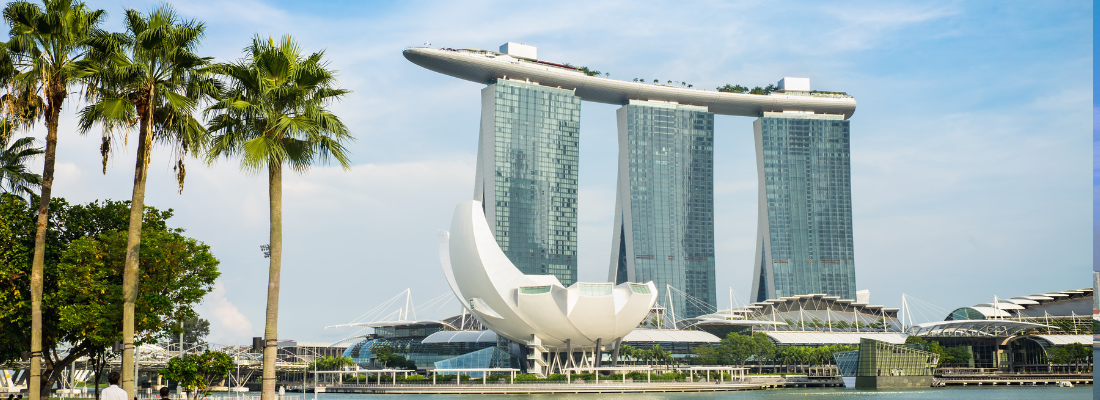
Singapore, a global financial hub and a leader in urban planning, has emerged as a prominent voice in the pursuit of the Sustainable Development Goals (SDGs).
This article delves into Singapore’s progress towards these goals, highlighting its achievements, ongoing challenges, and future aspirations.
The Awareness of Climate Change
2023, the hottest year ever, shows the climate crisis is more urgent than ever.
Thus, people need strong global action now to fight climate change.
Singapore may be small, but being far from powerless to act in the face of such cosmic challenges.
Climate change and rising sea levels are existential threats to a small island state like Singapore.
Singapore must be a leader in global climate action, working with other countries to make progress.
Singapore’s SDGs Progress
This section shows Singapore’s progress on reaching all 169 Sustainable Development Goals (SDGs) by 2030.
Using data up to 2020 or 2021, good or fair progress was observed in meeting just over half (51%) of all targets by 2030.
While another 7% needed further efforts to spur the progress ahead and 30% required concerted efforts to plug the data gaps (Chart 1).
The remaining 13% are not applicable to Singapore.
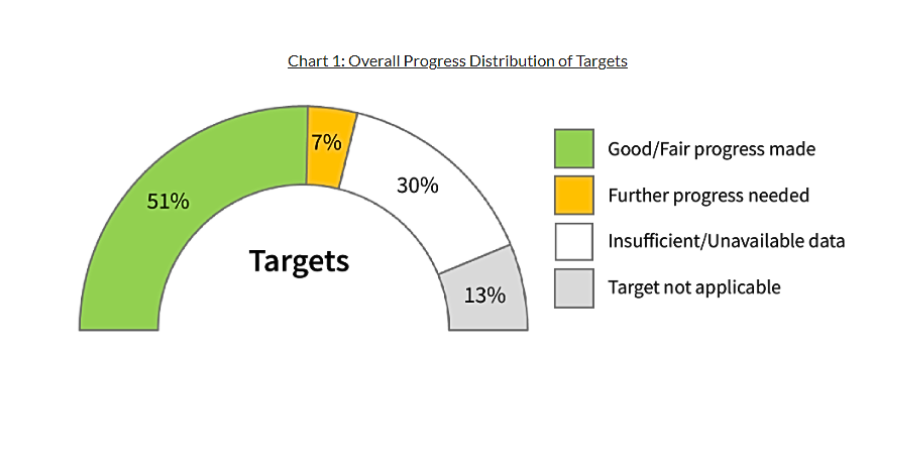 Among the 17 Goals, Goal 3, Goal 4, Goal 7 and Goal 13 had the highest share of good or fair progress made, after excluding those targets which are not applicable to Singapore (Chart 2).
Among the 17 Goals, Goal 3, Goal 4, Goal 7 and Goal 13 had the highest share of good or fair progress made, after excluding those targets which are not applicable to Singapore (Chart 2).
Singapore needs to spend more efforts in terms of accelerating the progress for Goal 2, Goal 9 and Goal 14, and for bridging the data gaps in Goal 2, Goal 5 , Goal 11 and Goal 14.
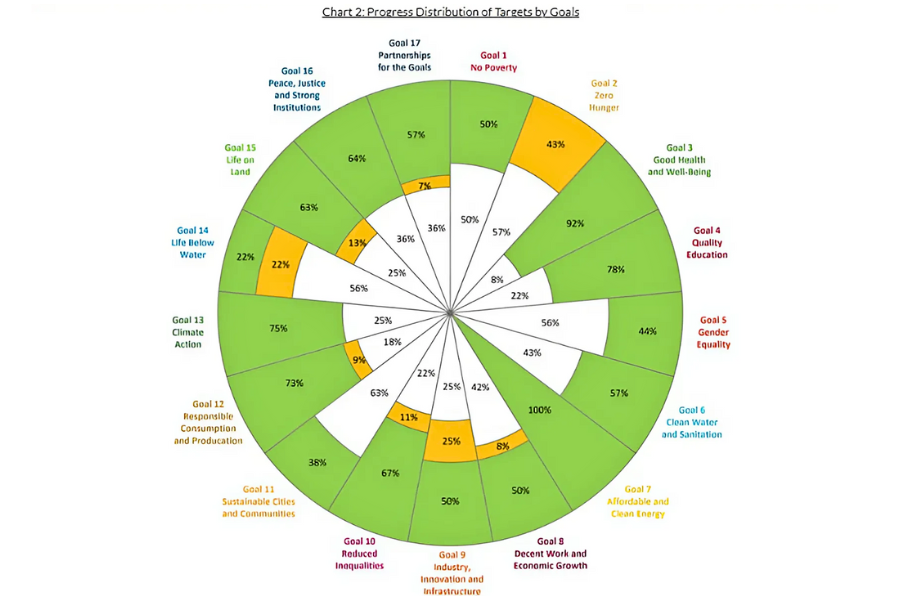 Note: Data are based on 147 of 169 SDG targets that are applicable to Singapore.
Note: Data are based on 147 of 169 SDG targets that are applicable to Singapore.
Therefore, it includes only targets relevant to Singapore (out of the original 169). This allows for a clearer comparison of progress across each goal.
How are Singaporean companies doing to achieve SDGs?
To see how Singaporean companies are doing with SDGs, Paia examined reports from the top 100 companies on the Singapore Exchange (SGX).
They found that 57 out of the 100 top SGX listed companies incorporated SDGs into their sustainability or annual reports.
This is a 23% increase from last year, where only 34 out of 100 top SGX-listed companies (as of early 2019) reported on the SDGs.

Companies were considered to have identified the SDGs if they have mentioned specific Goals the company can and/or is able to contribute to through their operations/business activities.
To conclude, the three SDGs which featured most consistently in the 57 companies reporting include:
- Decent Work and Economic Growth (SDG 8),
- Climate Action (SDG 13); and,
- Good Health and Wellbeing (SDG 3)
Last year, interestingly, the top three SDGs reported on were, SDG8, SDG12 and SDG 13 – holistically covering economic, environment and social aspects.
Particularly, the increased focus and alignment with SDG 3 is timely as companies and the world attempt to recover from a global pandemic.
Going forward, Singapore’s focus on low-carbon solutions and climate finance will likely lead to a stronger emphasis on climate action.
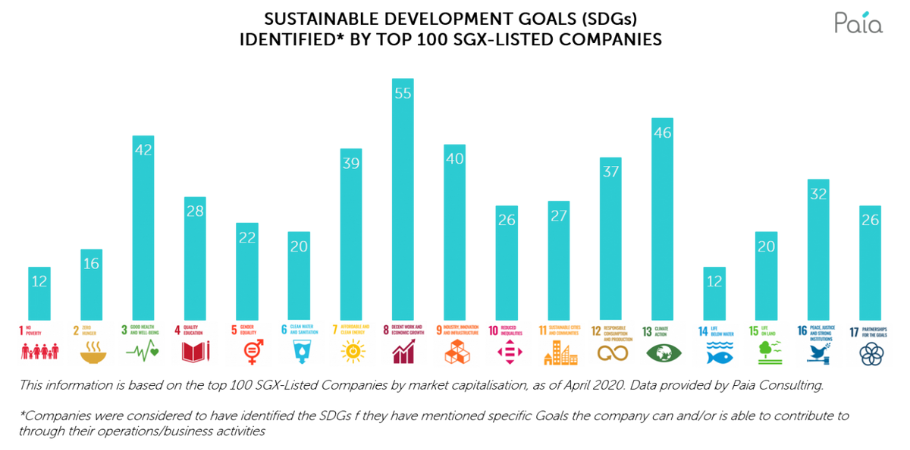
Figure above shows the number of times each of the 17 SDGs that 57 companies who incorporate SDG information in their annual report referenced.
What will happen to Singapore in the future with the SDGs?
We can consider two wonderful futures that SDGs can generate:
- Shifting from fossil fuels to renewable energy
- Becoming a society where all people can play an active role
1. Shift from fossil fuels to renewable energy
Fossil fuels, including coal, oil, and natural gas, play a significant but complex role in the context of the SDGs.
On the one hand, they have historically contributed to economic growth and development (SDG 8).
And in many parts of the world, they still provide a significant portion of the energy supply (SDG 7).
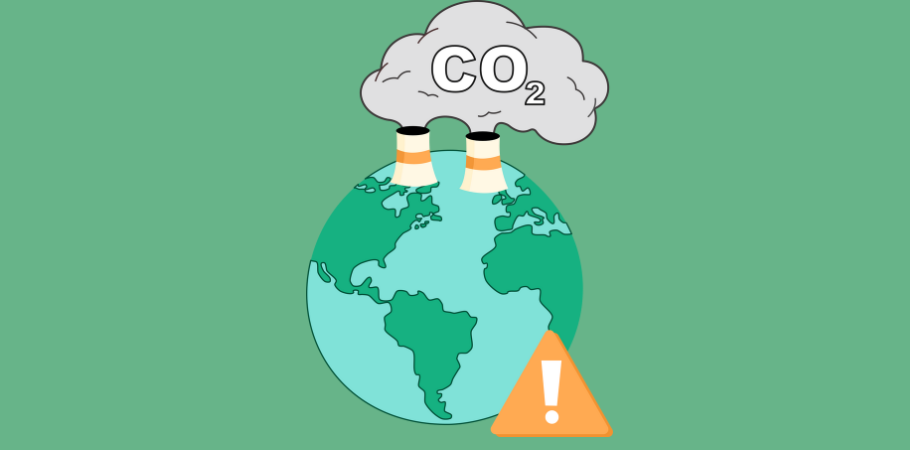 On the other hand, the combustion of fossil fuels emits a large amount of CO2.
On the other hand, the combustion of fossil fuels emits a large amount of CO2.
This CO2 is considered to be the biggest cause of global warming.
Furthermore, global warming is seriously affecting the abnormal weather, heavy rains, and extreme heat that we see in our daily lives.
Shifting to renewable energy is expected not only to reduce CO2 emissions but also to realize a sustainable energy supply.
Thus, achieving the SDGs necessitates a transition from fossil fuels to more sustainable forms of energy (SDG 7) and the development of technologies and practices to mitigate the negative impacts of fossil fuel use.
Perhaps the future of renewable energy being used like fossil fuels is not far off.
2. Creating a society in which everyone can thrive
Through the SDGs initiatives, Singapore will become a society where all people can play an active role.
As we know, the basis for this is Goal 5 “Gender Equality” and Goal 10 “Reduce inequalities between people and countries” of the SDGs.
Efforts to achieve these two goals will have a significant positive impact on the future of Singapore.
When we achive the equality, people who have been discriminated against on the basis of gender, age, or place of origin will be able to play an active role in society.
And, this means that you will have more opportunities to think with people with different values and experiences.
In short, when various people come together to think and act together, it is easier to come up with better solutions for the problems that they are facing.
Conclusion
In general, Singapore’s work on the SDGs shows its commitment to a better future for everyone, both at home and in the region.
By focusing on clean energy and including everyone, Singapore becomes a model for other countries.
Working together and finding new solutions will be key to overcoming challenges and keeping Singapore sustainable in the future.


